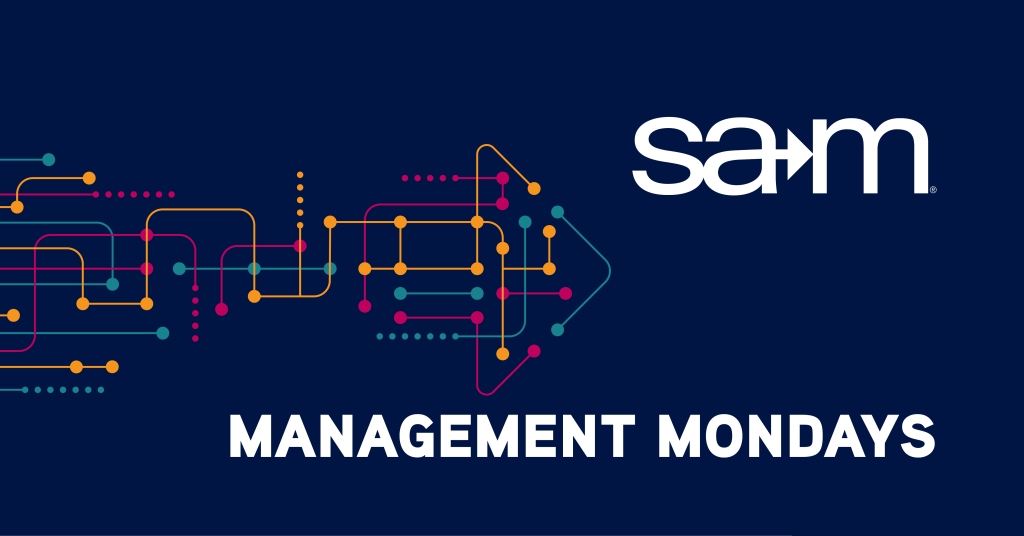
Working with someone who doesn’t pull their weight at the office can create stress. You may be stuck putting in extra hours to cover for them. Even if you go home on time, you may feel resentful watching them text their friends and shop online while you’re toiling away.
Whether you’re a coworker or a manager, you can start a constructive conversation to discourage slacking. Consider these tips for holding onto your peace of mind while promoting greater efficiency and teamwork.
Discuss The Mission
It is essential for employees to grasp the significance of their work within the larger context of the company’s goals. As a manager, take the time to explain how each team member’s efforts contribute to the success of the organization and, ultimately, to the satisfaction of clients or the community. This can create a sense of belonging and purpose, which can be a powerful motivator for improved performance and engagement.

By connecting daily tasks to the company’s overarching mission, employees can see the value in their work beyond the immediate task at hand. This perspective can transform a mundane job into a vital piece of a larger puzzle, fostering a sense of pride and responsibility. Encouraging employees to see themselves as integral parts of the organizational success story can lead to a more diligent and dedicated workforce.
Clarify Roles
Assigning clear and distinct responsibilities is a strategy that can help reduce slacking. When employees understand that they have unique roles that rely on their specific skill sets, it can increase accountability. As a manager, you should aim to align tasks with each individual’s strengths, which can make the work more enjoyable and reduce the temptation to shirk responsibilities.

A well-defined role within a team also means that an employee’s absence or lack of contribution is more noticeable, which can serve as an intrinsic deterrent to slacking. Additionally, when staff members are aware that their particular skills are valued and necessary for the team’s success, they are more likely to take ownership of their duties and strive to excel in their designated roles.
Establish Measurable Goals
Vague expectations can lead to underperformance. Employees often need concrete targets to aim for, which not only provide direction but also a clear measure of what constitutes success. Set specific, achievable goals like reaching a sales quota or improving customer service ratings. These goals should challenge employees but also be within their ability to achieve with effort.

Once goals are established, track progress regularly. This allows for the early identification of slacking and provides opportunities for timely intervention. It also helps keep employees focused and aware that their performance is being monitored and measured against predefined standards, which can motivate them to maintain or improve their productivity.
Reward Progress
Recognition is a powerful tool in a manager’s arsenal. Acknowledging employees’ efforts and achievements can reinforce positive behaviors and boost morale. Public praise, bonuses, or additional time off can all serve as incentives for employees to take on challenges and exceed expectations. When rewards are tied to specific accomplishments, they become a tangible symbol of the company’s appreciation for hard work.

By celebrating milestones as a team, you also emphasize the collective effort and success of the office. This not only rewards individual contributions but also fosters a stronger team dynamic. When employees see that their extra effort not only brings personal gains but also benefits their colleagues, it can lead to a more cooperative and motivated workforce.
Offer Training
Sometimes, a lack of contribution can stem from a lack of confidence or knowledge. Managers should consider providing employees with opportunities to enhance their skills. This could be through online courses that can be taken at their own pace, or by offering to sponsor attendance at relevant workshops or seminars. Such investment in employee development can lead to improved performance and a reduction in slacking.

Training also shows employees that the company is invested in their personal growth, which can increase loyalty and job satisfaction. As workers become more proficient and confident in their abilities, they are likely to take more initiative and responsibility, thereby reducing the tendency to slack off.
Shrink Work Teams
Large teams can sometimes allow individuals to hide and contribute less. By creating smaller, more focused work groups, each member’s input becomes more critical to the team’s success. This visibility can drive employees to participate more actively and to be more conscientious about their contributions.

In a smaller team setting, it’s easier for managers to monitor each member’s performance and provide more personalized feedback. This can lead to a more agile and responsive team dynamic, where slackers have fewer places to hide and are more likely to be held accountable for their performance.
Ask For Input
Engaging employees in problem-solving can be an effective way to combat slacking. By soliciting their feedback on challenges and potential solutions, you not only gain valuable insights but also help them feel more connected to the work and the team. This inclusive approach can turn passive employees into active participants who take more ownership of their roles.

When employees are consulted, they often become more committed to the success of the project because they have a stake in the outcome. Furthermore, by asking for their input, you may discover underlying issues that contribute to slacking, such as the need for more resources or a change in workflow. Addressing these concerns can lead to improved performance across the board.
Control Cyberslacking
The digital age has brought with it a myriad of distractions, making it all too easy for employees to slip into habits of non-work-related internet use during office hours. This cyberslacking can significantly undermine productivity and focus. As a manager, it’s crucial to address this issue not through strict policing but by setting a positive example. Limiting your own casual internet use sends a clear message about workplace expectations and demonstrates a commitment to maintaining professional behavior. When leaders practice what they preach, it establishes a powerful, unspoken code of conduct that encourages employees to follow suit.

To complement leading by example, it’s also necessary to create and enforce clear policies regarding internet use. These policies should outline what constitutes acceptable online behavior at work and clarify the boundaries of personal browsing. By setting these guidelines, you provide a transparent framework within which employees can operate. This not only helps to curb the temptation to veer off-task but also fosters an environment where the primary focus is on productivity and the successful completion of work-related tasks. Establishing such standards is a proactive step in promoting a disciplined yet flexible work culture that balances the use of digital tools for both efficiency and minimal distraction.
As either a colleague or a supervisor, initiating a dialogue about work ethic and contribution is essential. Addressing the issue constructively can help maintain your own well-being and foster a more efficient, cohesive work environment. Implementing these strategies can mitigate the impact of slackers on workplace productivity. By emphasizing positive reinforcement and offering support where needed, you can lead your team to full participation and help maintain a productive, harmonious work environment.
Are you looking to add tools to your management toolkit? Get a solid foundation on the basics by completing a SAM Course in Leading and Managing Small Businesses from our Certifications and Training programs. If you are a SAM Member, take advantage of our 20% off discount by getting your discount code in the Member Portal.

Written By,
Patrick Endicott
Patrick is the Executive Director of the Society for Advancement of Management, is driven by a deep commitment to innovation and sustainable business practices. With a rich background spanning over a decade in management, publications, and association leadership, Patrick has achieved notable success in launching and overseeing multiple organizations, earning acclaim for his forward-thinking guidance. Beyond his role in shaping the future of management, Patrick indulges his passion for theme parks and all things Star Wars in his downtime.
